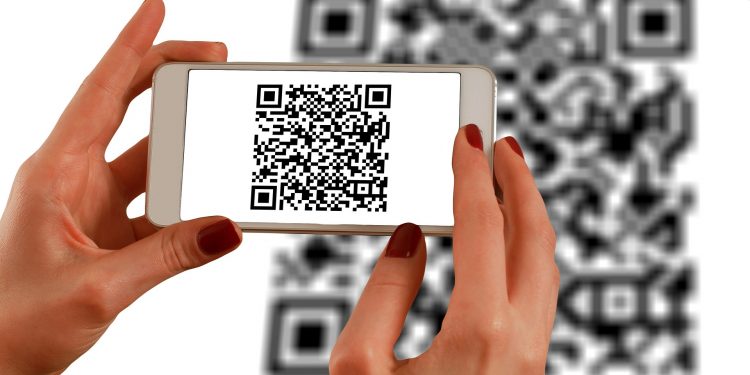The proliferation of QR codes is seen across various industries—from the transit sector giving consumers access to Wi-Fi by scanning a code to retailers offering consumers a way to pay for goods. According to The Jerusalem Post, QR codes have an abundance of use cases for them, including enabling cross-border payments.
How QR Codes Can Transform Cross-Border Payments
During the pandemic, social distancing mandates drove consumers to avoid cash and point-of-sale (POS) terminals. Contactless payment methods gained in popularity, spurring merchants to make strategic pivots and provide alternative solutions, such as QR codes.
For those that haven’t seen these popular square-shaped symbols, QR (Quick Response) codes are a type of barcode or scannable pattern that contains data such as account information, phone numbers, coupons, and website links. For the financial industry, QR codes can be a game-changer, particularly in facilitating cross-border payments. “Traditional methods, such as wire transfers and bank drafts, can be slow, costly, and prone to errors. QR codes offer a more efficient, cost-effective, and secure solution,” said Sarah Goldman, in her article for the Jersusalem Post.
There are many uses cases for this. For example, consumers can scan a QR code to initiate a bank transfer from their account to another account overseas.
What’s more, merchants and consumers can take advantage of QR codes in order to make cross-border payments. At the merchant’s point-of-sale, a customer can use their smartphone and scan the QR code. Funds are then transferred instantly and directly from the customer’s bank account into the merchant’s bank account.
New Opportunities Ahead
According to a study by Bankmycell.com, roughly 86% of the world’s population owns a cell phone, which means there is more opportunity than ever for merchants to implement QR code technology. This also means that more financial inclusion will be a possibility in underserved areas.









